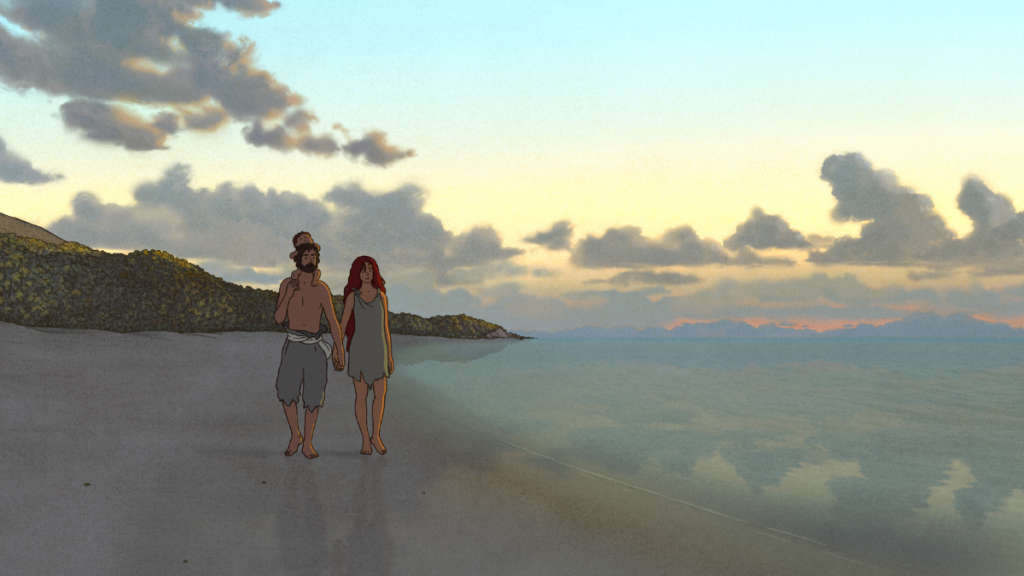With films like Isao Takahata’s ‘Grave of the Fireflies’ and Hayao Miyazaki’s ‘Spirited Away’, Studio Ghibli has established a reputation for producing visually breathtaking animation and emotionally impactful storytelling. Nonetheless, one of its most notable pieces, ‘The Red Turtle’, which debuted in 2016, stands out due to its co-production with the French-Belgian studio Wild Bunch and the fact that it lacks spoken dialogue.
Without using a single word, this short, which was directed by Dutch animator Michaël Dudok de Wit, masterfully examines issues of family, survival, and human existence.
Image Courtesy: Variety
Producer Toshio Suzuki’s ambition to innovate in the studio served as the impetus for the project. He approached and asked Dudok de Wit, a director renowned for his hand-drawn animations, to develop a movie for Ghibli. Their partnership preserved a balance of artistic contribution, producing a movie that captures both Dudok de Wit’s vision and Ghibli’s essence.
‘The Red Turtle’ follows the story of a man who is left stranded on an isolated island. At the start of the story, he battles the turbulent sea before washing up on shore. A mysterious red turtle keeps stopping him as he tries to flee and build shelters, destroying his rafts in the process. The lack of conversation fosters a close relationship between the audience and the natural world by engrossing them in the ambient sounds.
Image Courtesy: IMDb
The turtle, who is initially viewed as an enemy, magically changes into a woman as the story progresses after the man turns it over. At this crucial juncture, the emphasis moves from simple survival to themes of love and friendship. By showing man’s path from loneliness to familial connection and emphasizing the bond between humans and nature, the movie movingly tackles life’s cycles.‘The Red Turtle’ asks viewers to consider the fleeting beauty of life through breathtaking imagery and a simple yet emotive animation style.
–Farheen Ali
